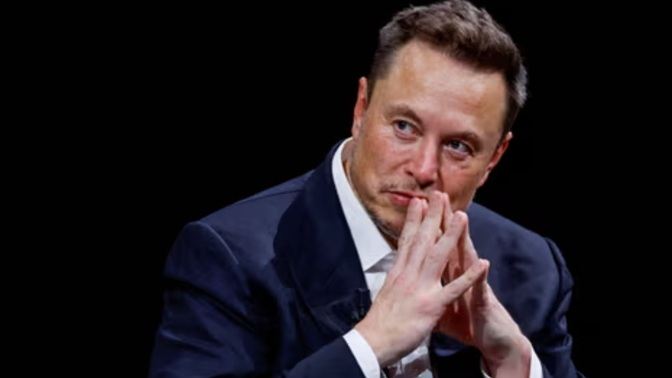Tesla once-unshakable dominance in Europe’s electric vehicle (EV) market appears to be slipping. Early sales figures from January 2025 reveal a steep decline in Tesla’s deliveries, with numbers dropping by nearly 50% compared to last year. Many attribute this slump to CEO Elon Musk’s growing unpopularity in Europe, but the issue runs deeper than that. Let’s break down why Tesla is struggling and what this means for the company moving forward.

Tesla’s Sales Are Plummeting Across Europe
Several European countries release monthly car sales reports, providing insights into Tesla’s market performance. The January 2025 figures paint a troubling picture: Tesla is down in every single market compared to the same period in 2024. The drop is significant, with the American automaker delivering only half as many vehicles as last year.
While some blame this on economic shifts, competitor growth, and internal Tesla challenges, others point directly at Elon Musk’s growing political controversies.
Musk’s outspoken political views have gained both support and criticism, but in Europe, they appear to be harming Tesla’s brand reputation. Recent surveys suggest a direct link between Musk’s declining approval ratings and Tesla’s sales slump.
For example, a survey in Sweden conducted after Trump’s inauguration showed a dramatic shift in public perception:
- Only 11% of Swedes had a positive view of Tesla, compared to 19% in January 2024.
- Negative perceptions increased from 47% to 63% within the same period.
Tesla’s image in Europe has been tied to innovation and sustainability, but Musk’s political involvement is pushing potential customers toward other EV brands with cleaner public relations.
Tesla’s Usual Q1 Struggles
While Musk’s reputation is playing a role, seasonal factors are also impacting Tesla’s European performance. Historically, Q1 is always challenging for Tesla because the company liquidates its inventory in Q4 to boost financial results. As a result, it starts the new year with lower inventory, leading to a natural sales dip. However, this was also the case in Q1 2024, meaning there must be other contributing factors to explain the drastic 50% drop.
Another major issue is Tesla’s transition to the newly redesigned Model Y. The Model Y is Tesla’s best-selling vehicle in Europe, but the company is currently shifting to the latest design, which has led to production slowdowns and limited inventory.
Many potential Tesla buyers are holding off their purchases, waiting for the new Model Y to become widely available. This transition phase is expected to last for several months, further dragging down Tesla’s 2025 sales figures.
| Country | Jan-25 | Jan-24 | % YoY |
|---|---|---|---|
| UK | 1,293 | 1,581 | -18.2% |
| France | 1,141 | 3,118 | -63.4% |
| Netherlands | 926 | 1,610 | -42.5% |
| Norway | 663 | 1,109 | -40.2% |
| Spain | 269 | 1,094 | -75.4% |
| Sweden | 394 | 730 | -46.0% |
| Denmark | 451 | 763 | -40.9% |
| Portugal | 380 | 551 | -31.0% |
| Total | 5,517 | 10,556 | -47.7% |
Can Tesla Recover in Europe?
Tesla’s European market share is undeniably shrinking. The company delivered 325,000 vehicles in 2024, but with a 50% decline in early 2025, its annual numbers could take a significant hit.
Several questions remain:
- Will the new Model Y help Tesla bounce back in the latter half of 2025?
- Can Tesla repair its reputation in Europe, or will buyers continue turning to competitors?
- Will Musk’s political controversies further damage Tesla’s brand in the region?
If Tesla can resolve production delays and regain public trust, it may still hit 300,000 deliveries by the end of 2025. However, if these issues persist, Tesla risks losing its stronghold in Europe’s EV market.
Tesla’s struggles in Europe highlight how public perception, production challenges, and market competition can impact even the biggest players in the EV industry. While Elon Musk’s controversies are certainly a factor, other issues like inventory shortages and new model transitions are also contributing to Tesla’s sharp decline.
With the European EV market growing rapidly and new competitors entering the space, Tesla needs to act fast to maintain its foothold. Otherwise, 2025 could mark the beginning of a more significant decline for the company in one of its most important global markets.
Related Post
